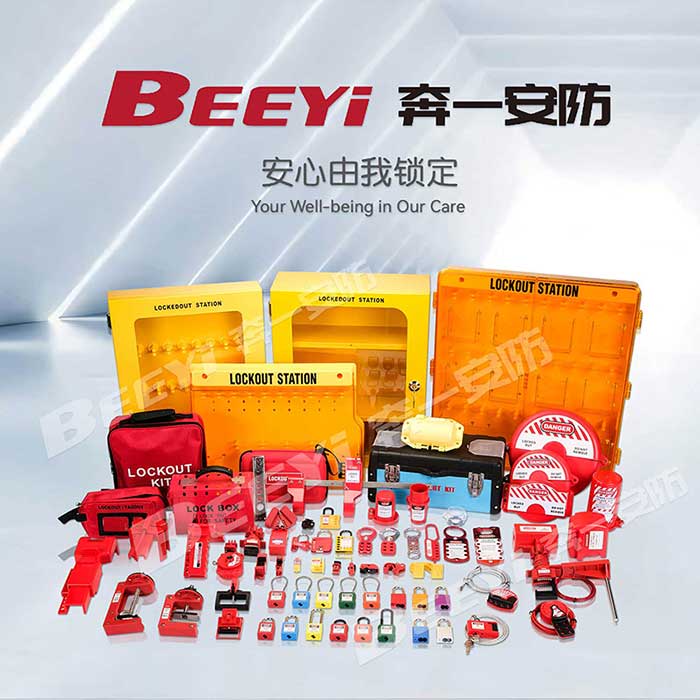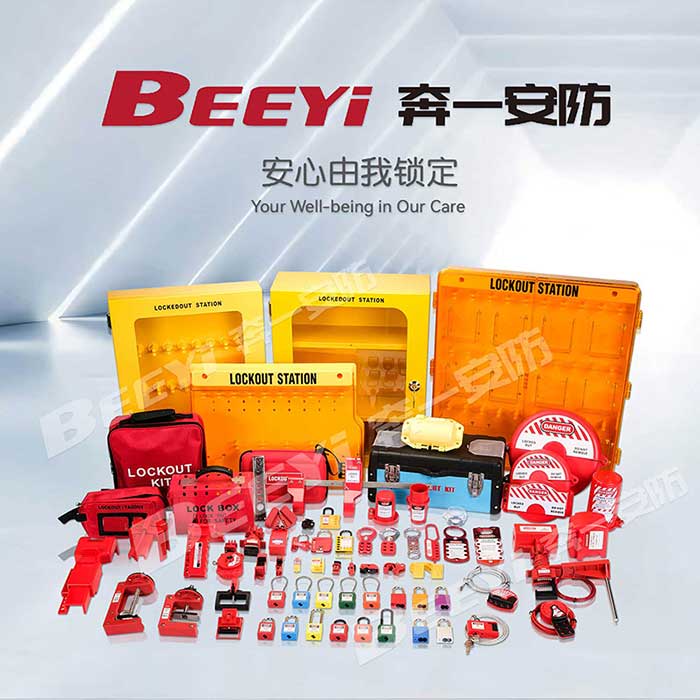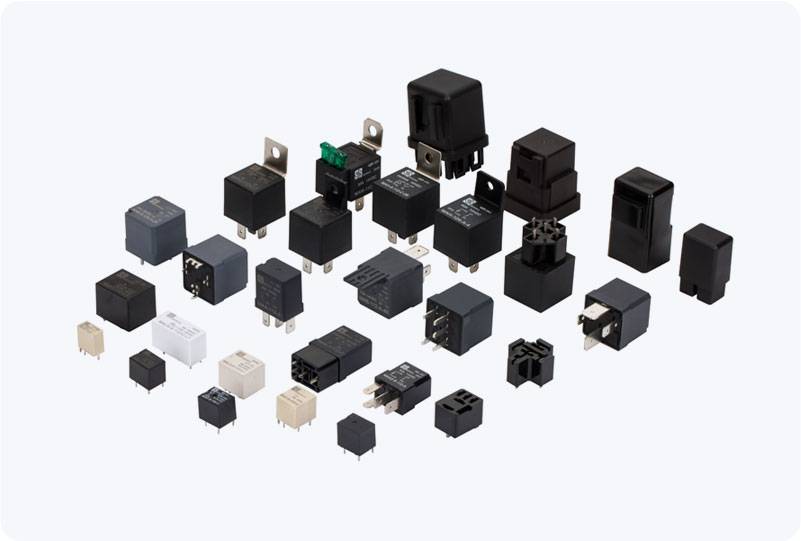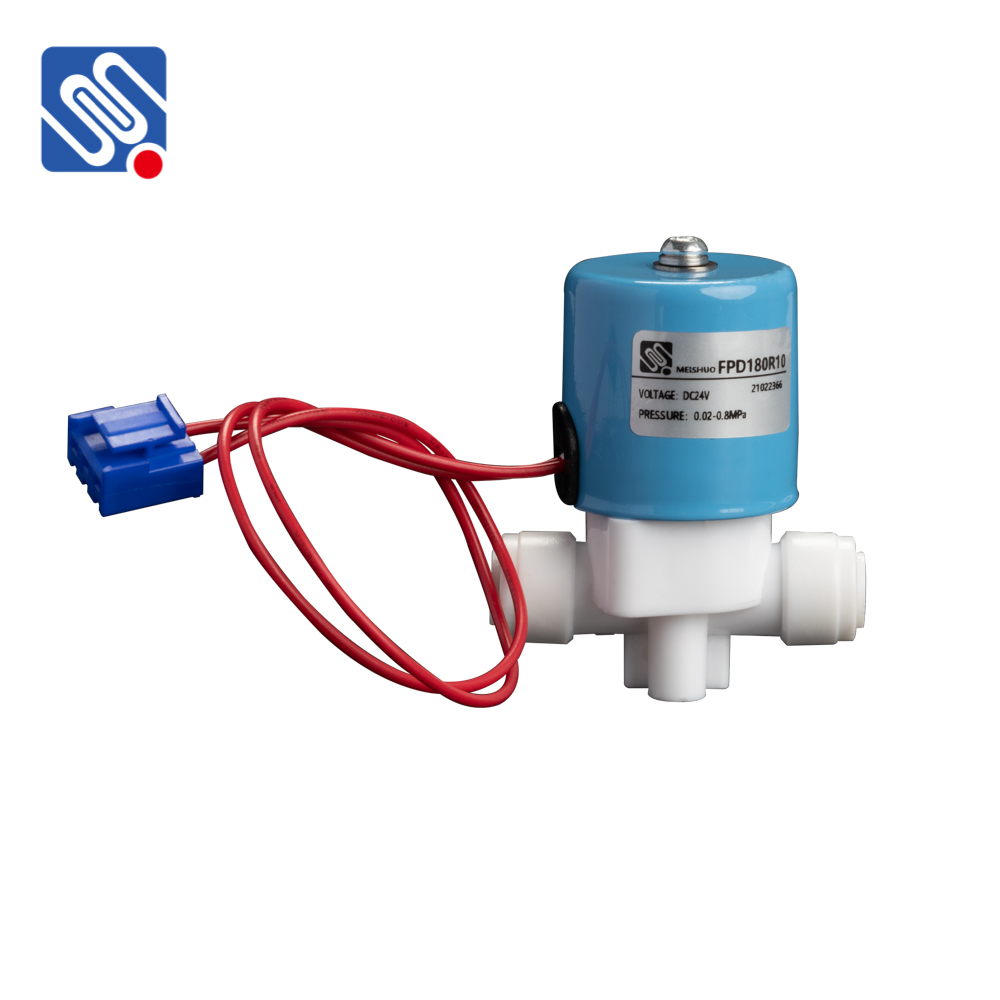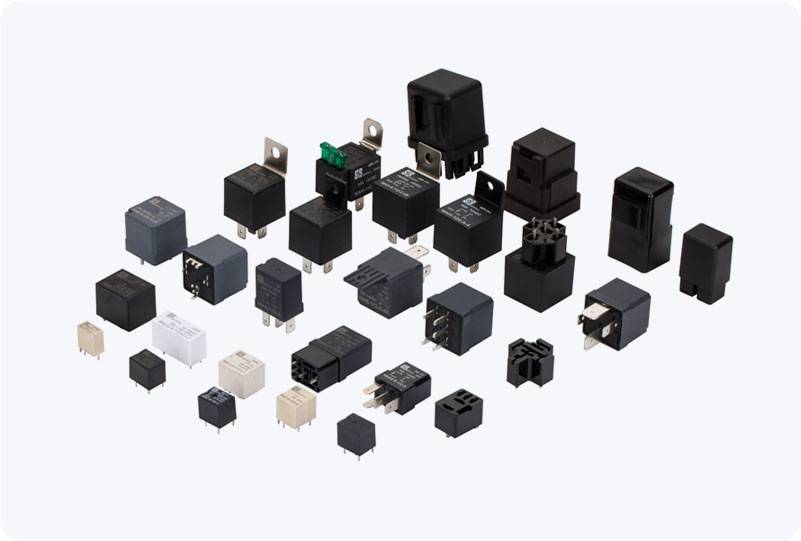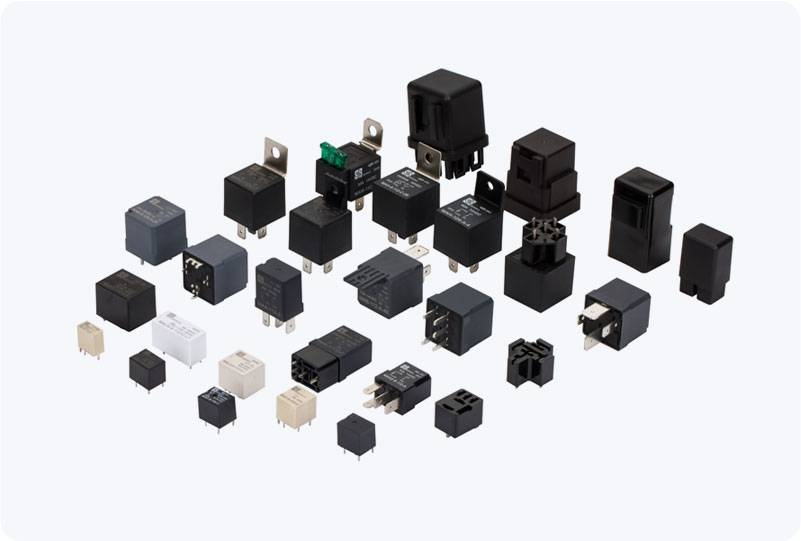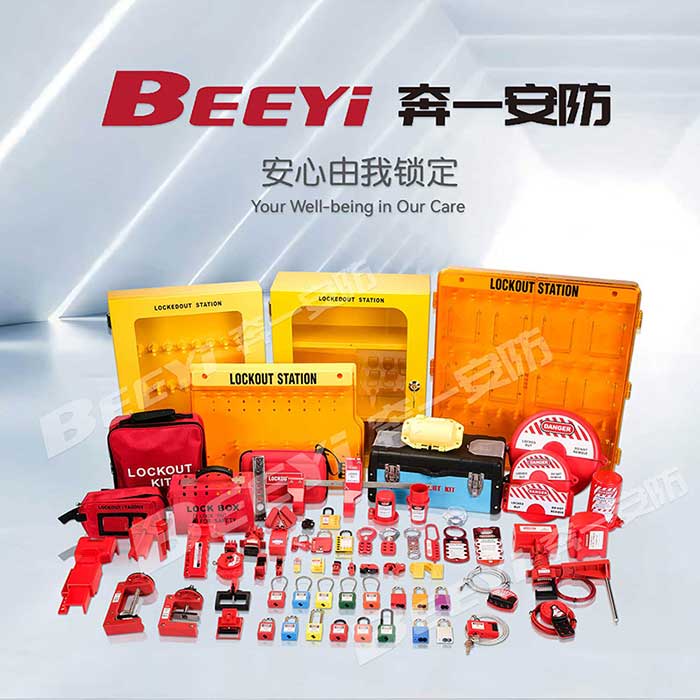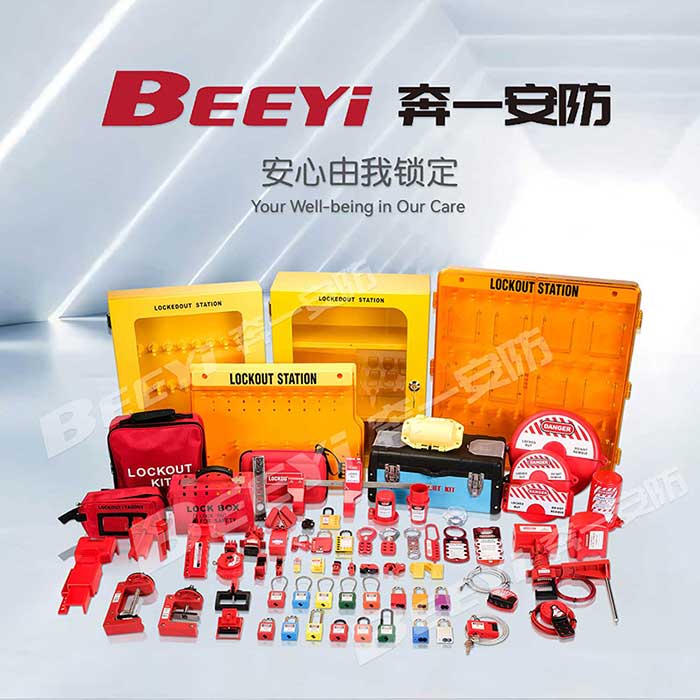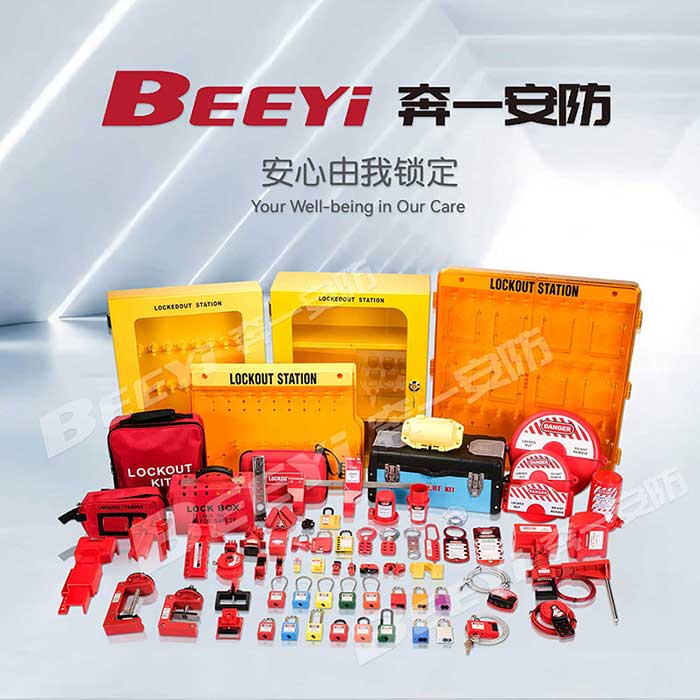Relays are widely used in various electronic applications to control circuits by using low voltage to switch high voltage or current. One of the most crucial parameters when working with relays is relay voltage, which refers to the voltage required to energize the relay’s coil and activate its switching mechanism. Understanding the relay voltage is essential to ensure proper relay operation and avoid system malfunctions. This article will explore the importance of relay voltage, its various types, and how to select the right relay voltage for your application.
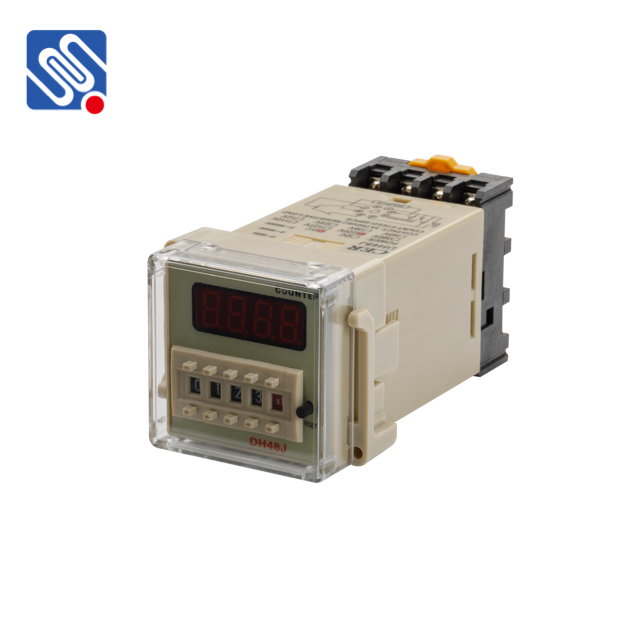
What is Relay Voltage? Relay voltage is the voltage needed to energize the relay coil. The coil, when supplied with the correct voltage, generates a magnetic field that attracts or repels the armature, causing the relay contacts to change state (from open to closed or vice versa). This switching action allows the relay to control a higher power circuit with a lower power signal, making it an indispensable component in both industrial and consumer electronics. Types of Relay Voltages
Relays come in a variety of voltage ratings, depending on the application. These voltage ratings typically fall into two categories:
